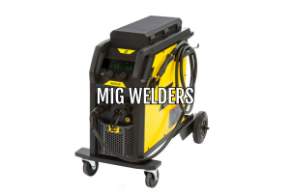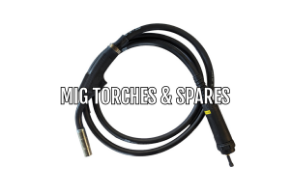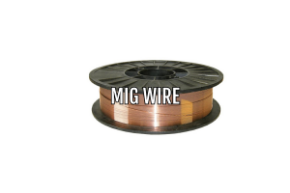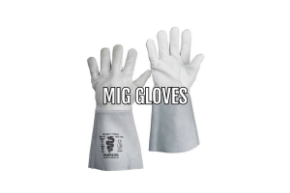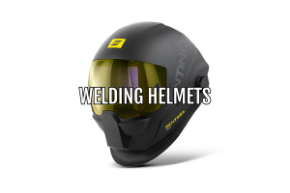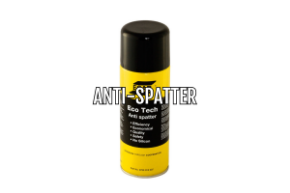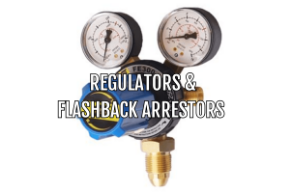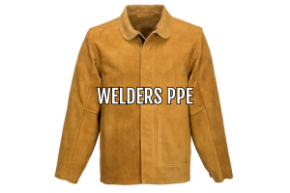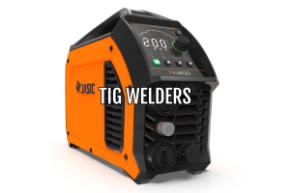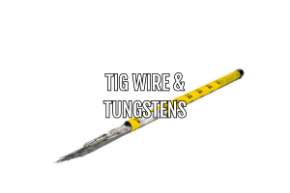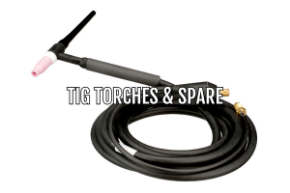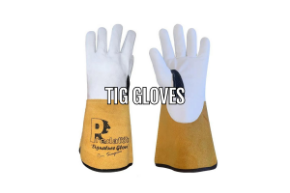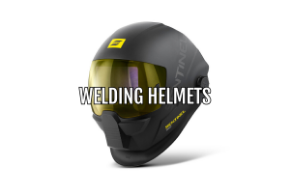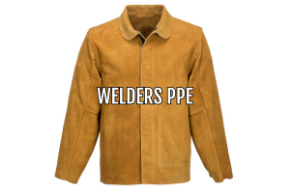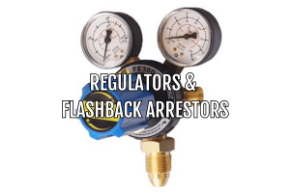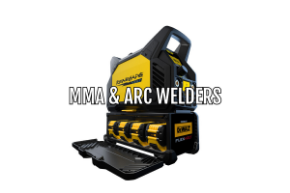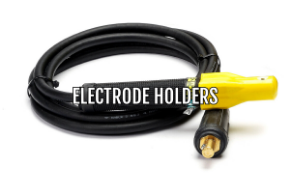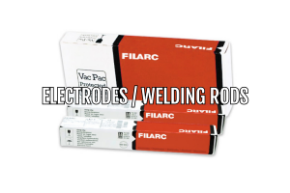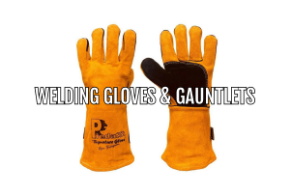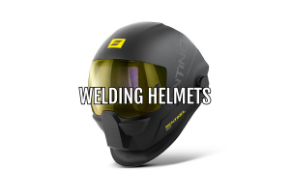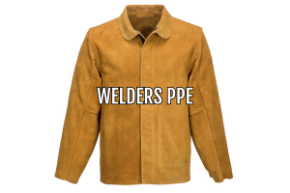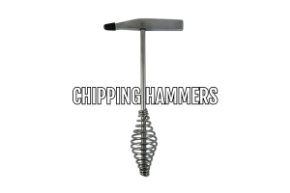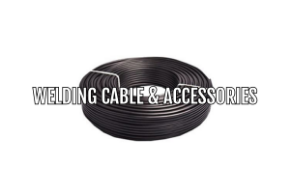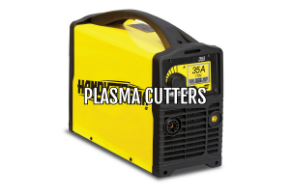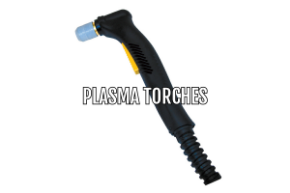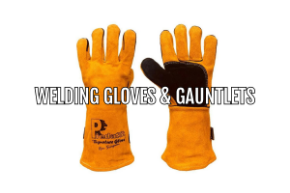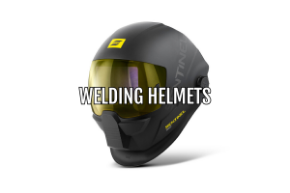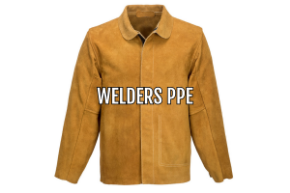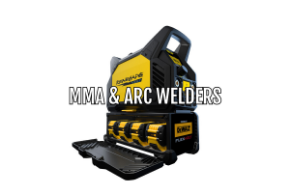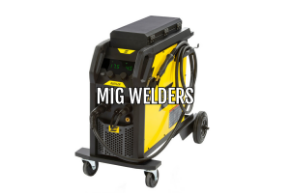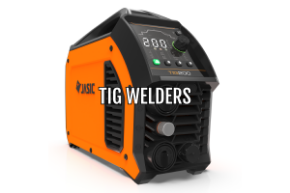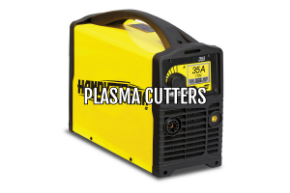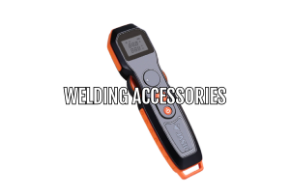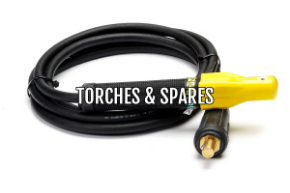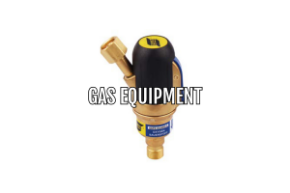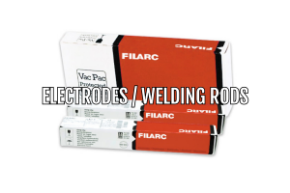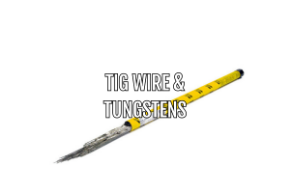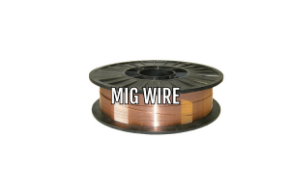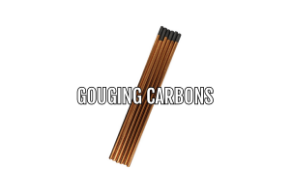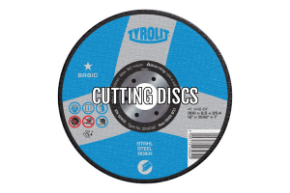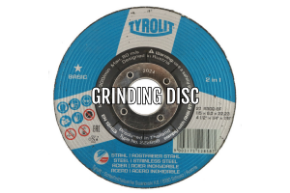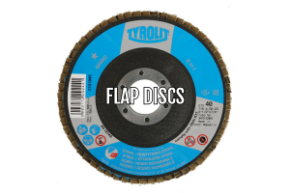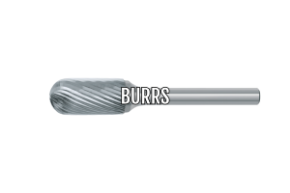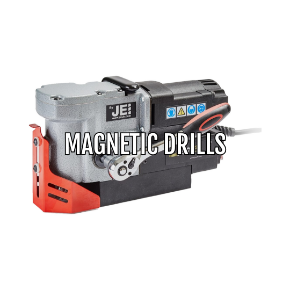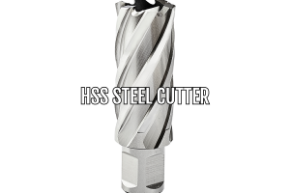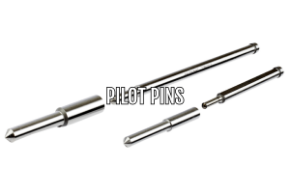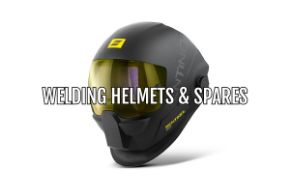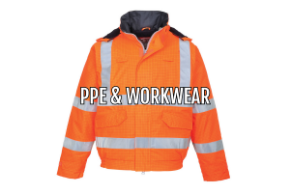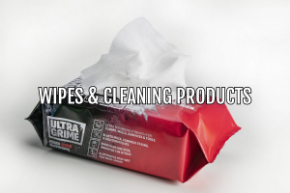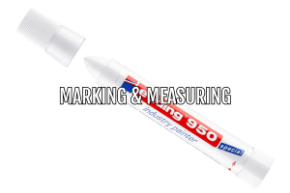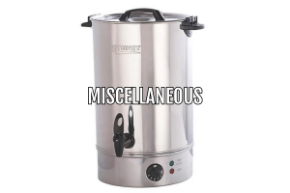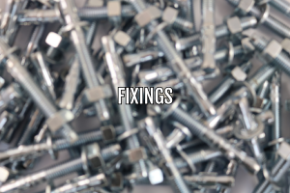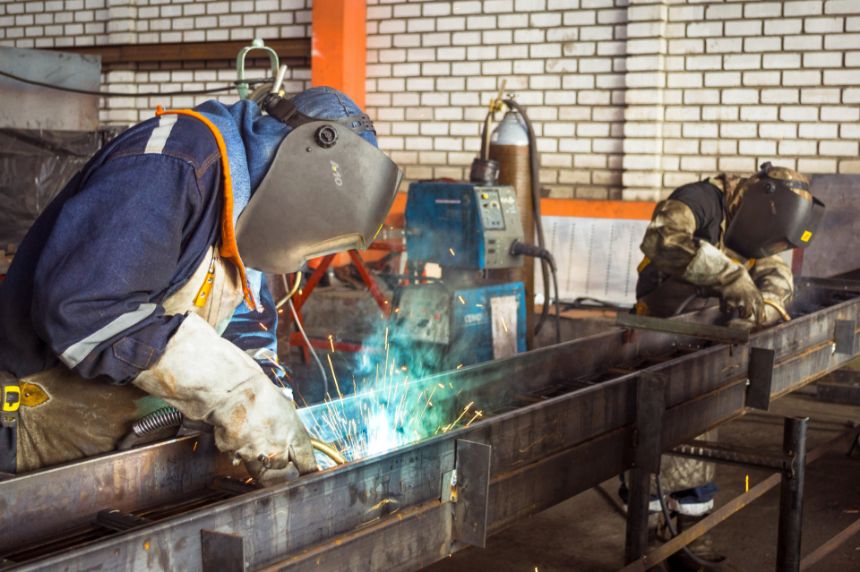
MIG welding, also known as gas metal arc welding (GMAW), is an arc welding process that uses a continuous solid wire electrode fed through a welding torch and into the weld pool, joining the two base materials together. A shielding gas is also sent through the welding torch and protects the weld pool from contamination.
The shielding gas can be either inert (such as argon or helium) or active (such as carbon dioxide or mixtures of carbon dioxide and argon). Inert gases do not react with the molten metal, while active gases can react to some extent. The type of shielding gas used depends on the type of metal being welded and the desired weld properties.
MIG welding is a versatile process that can be used to weld a wide variety of metals, including mild steel, stainless steel, aluminum, and copper. It is also relatively easy to learn and can be used by both beginners and experienced welders.
Here are some of the advantages of MIG welding:
- Versatility: MIG welding can be used to weld a wide variety of metals, from thin sheet metal to thick plate steel.
- Easy to learn: MIG welding is relatively easy to learn, making it a good choice for beginners.
- Fast welding speeds: MIG welding can produce high welding speeds, making it a good choice for production welding.
- High quality welds: MIG welding can produce high quality welds with good mechanical properties.
Here are some of the applications of MIG welding:
- Automotive manufacturing
- Construction
- Manufacturing of appliances and other metal products
- Repair of metal structures
- Fabrication of metal parts
MIG welding is a versatile and powerful welding process that is used in a wide variety of industries. It is a good choice for both beginners and experienced welders, and can produce high quality welds on a variety of metals.

